Content Sections
- ● Covid-19 symptoms
- ● ‘Test, test, test’* *(recall Dr Tedros Adhanom Ghebreyesus' statement, 16 March 2020)
- ● Different ways of looking at the same thing
- ● Underlying conditions and drug use increase risk
- ● Healthcare pressure
- ● Best defence is protection
- ● Big Tech gets a corona halo
- ● A natural winner
- ● More unknowns
- ● Gotya Gøtzsche!
“Unprecedented” appears to be the term of the moment, its frequency of use by citizens, governments, health authorities and businesses, probably itself being unprecedented.
Whether through the presence of a new virus, or, through our reaction to it, the situation the world faces is indeed unprecedented, as countries across the globe go into lockdown to prevent further spread of Covid-19 and reduce deaths. Stringent measures were announced in the UK by Prime Minister Boris Johnson on Monday night, while Indian Prime Minister Narendra imposed a nationwide total lockdown yesterday.
-
Find related articles, information and videos in our Covid Zone
In France already draconian measures have been tightened even further with those who ‘break the rules’ subject to penalties. In Switzerland mobile phone data will be used to track individual’s movements to decide whether further restrictions are required.
Following on from last week’s science update, the ANH team has continued to monitor, assess, digest and analyse multiple streams of scientific and other information so we can bring you the most up-to date, relevant and accurate information on the current situation. Access to full scientific papers has been made easier by the decision of two of the largest publishers of peer-reviewed journals Springer and Elsevier to allow free access to articles relating to the pandemic.
One thing is clear, the situation is fast-paced and highly changeable, as different factions of society try to come to grips with the situation we find ourselves in, whether it’s linked to our own health risks or those of our loved ones, or the impacts the lockdowns and prevailing uncertainty have on our livelihoods and futures.
Covid-19 symptoms
A question mark continues to sit over the proportion of people who might be asymptomatic or who have had such minor symptoms they've neither been tested nor have their symptoms been recorded by a medical doctor. The ongoing case analyses of confirmed cases by the World Health Organization (WHO) confirms that common symptoms of SARS-CoV-2 infection are a sore throat, high fever, headache, tiredness, dry cough, shortness of breath and breathing difficulty. Many patients are experiencing aches and pains as with any bad flu and some diarrhoea as well. These symptoms range in severity and are sometimes mild. Many people are recovering at home without the need for any specialist treatment. It's hard to say for sure, but it would seem that approximately 1 in 5 people become more seriously ill and require medical attention.
Diarrhoea is now being described as an early symptom of infection in a new paper published in the American Journal of Gastroenterology.
Losing sense of taste and smell (anosmia) can be another indicator of infection by the new coronavirus. In some cases this appears to be the only noticeable symptom of infection. The number of such ‘hidden’ carriers remains unknown and has been among the reasons being used to justify lockdowns. As with other respiratory viruses known to cause anosmia, the condition may persist long after infection has been eliminated.
A new app has been launched by UK-based Kings College London and Guy’s and St Thomas’ Biomedical Research Team to collect data allowing researchers to track the spread of COVID-19 and assess those most at risk. The app encourages users to share data whether you are well or ill. It will be available in the US from the 26th March.
‘Test, test, test’* *(recall Dr Tedros Adhanom Ghebreyesus' statement, 16 March 2020)
High levels of testing in Iceland and the Italian city of Vò have shown that a high proportion of those tested showed no symptoms (asymptomatic), but were still carriers with the potential to infect others. A new modelling study from researchers at the University of Oxford suggests as much as 50% of the UK population has already been infected presenting a very different scenario to that of government advisors. Based on a ‘susceptibility-infected-recovered-model’ the researchers used data from the UK and Italy to build their model. The results of the study mean the UK population has already acquired substantial herd immunity through the unrecognised spread of the disease via asymptomatic carriers. This would also indicate the UK is experiencing peak infection now so potentially restrictions could be lifted far earlier than previously thought. Giving evidence to the UK's select committee on Science and Technology this week, Imperial College's Neil Ferguson revised predictions of 500,000 UK deaths from the virus to 20,000 given current restrictions on citizen's movements.
Given the possibility that a much higher proportion of the population have been asymptomatic and have acquired immunity (but not been tested), the currently widely reported fatality rates may be much higher than the real percentage. A new study of the Wuhan outbreak estimates the death rate was nearer 1.4%, which is substantially lower than previously thought.
The choice of denominator (the total number of cases of infection into which the fatalities are divided) is the key factor here. Even in the case of the influenza A pandemic of 2009 (‘swine flu’), subsequent analyses of published estimates of case rate fatalities varied hugely – from less than 1 to more than 10,000 deaths per 100,000 cases or infections. This denominator may be comprised only of laboratory-confirmed cases, it may or may not include cases diagnosed by symptoms, and it usually avoids including estimates for the number likely to be asymptomatic.
Once antibody testing becomes widely available, we will begin to have a much better idea of the extent of unknown, unconfirmed and asymptomatic cases.
Different ways of looking at the same thing
Following are grabs from two of the most commonly used portals used to track the pandemic, from the WHO and Johns Hopkins, respectively.
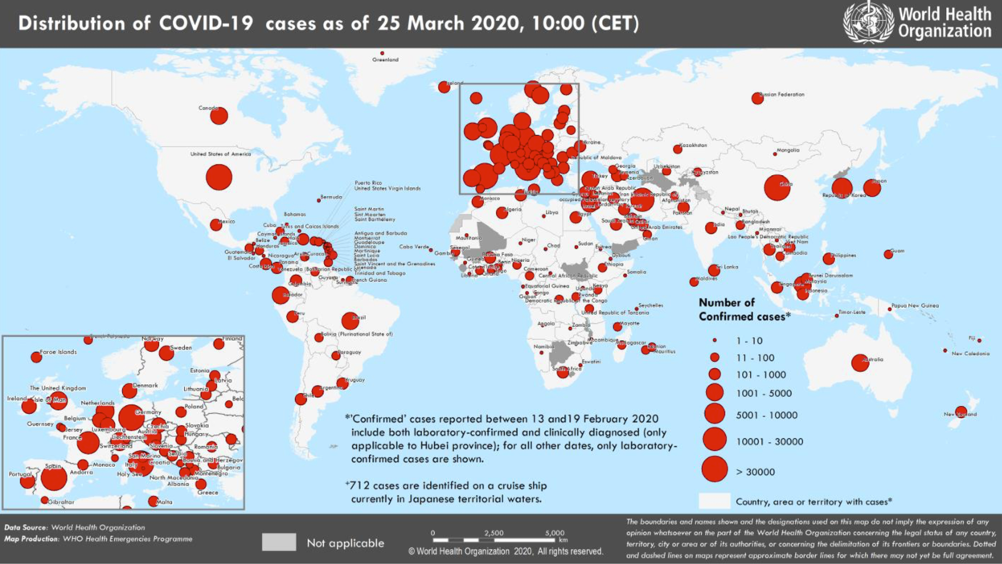
Source: WHO Situation Report 65, 25 March 2020
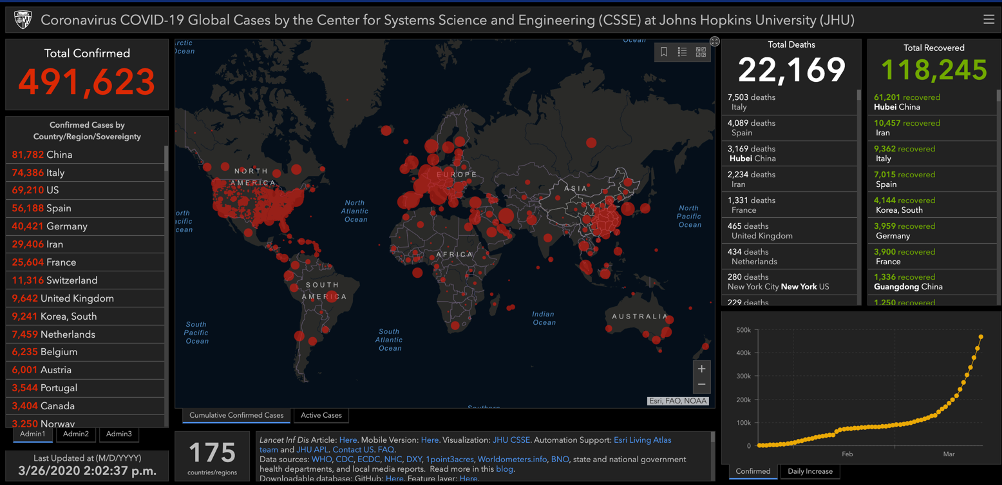
Source: Johns Hopkins Coronavirus Resource Center, 25 March 2020
It’s becoming increasingly clear to us that the graphical representations being used by the WHO (and used as a key authoritative source of information for the media) is grossly inadequate as any country simply gets marked with one large bubble. This way, cases in countries like the USA, Italy, Germany, Spain and China are all marked by the same sized bubble. The Johns Hopkins data, by contrast, shows in much greater granular detail the geographic location of embryonic loci of infection. Based on the location and extent of these in the USA, as well as the intrinsic susceptibility of the US population (e.g. age, underlying conditions, ACE-inhibitor usage), the US could easily become the country in the world in which the impact of COVID-19 is felt most severely. In this context, it will be interesting to see if Donald Trump’s ‘back to work’ plan is rolled out as quickly as the President would like.
Underlying conditions and drug use increase risk
In our science update last week, we explained the way the SARS-CoV-2 virus binds to ACE2 binding sites in the lungs. Many of those who have developed severe/fatal respiratory failure are taking angiotensin-converting enzyme inhibitors (ACEIs) or angiotensin receptor blockers (ARBs) to treat underlying health conditions such as cardiovascular disease, which increase the number of ACE2 receptors in the cardiopulmonary system. The increased numbers of ACE2 receptors created by such commonly prescribed medications have been found to put patients at far higher risk of becoming seriously ill following COVID-19 infection.
Healthcare pressure
Healthcare systems are being brought to their knees by the sudden spike of patients with Covid-19. With healthcare workers struggling under the onslaught of seriously ill patients compounded by a lack of suitable equipment.
As healthcare systems become overwhelmed scientists are turning their attention to repurposing drugs, rather than creating new compounds. The WHO has launched a global megatrial called SOLIDARITY to test the use of existing drugs already deployed against HIV and malaria plus a new antiviral created to combat Ebola. The drugs under investigation are remdesivir, chloroquine and hydroxychloroquine, ritonavir/lopinavir, ritonavir/lopinavir + interferon. The normal rules of randomised controlled trials will be suspended in favour of speed.
Some scientists have heralded the anti-malarial drug choroquine (and its analogue hydroxychloroquine) as a ‘breakthrough’, subsequently referred to as a ‘game-changer’ ‘with tremendous promise’ by President Trump, in the fight against Covid-19, leading many to pin their hopes on them to treat coronavirus patients following publication of a cluster of positive studies. Like so many ‘magic pills’ sadly there’s a sting in the tail. Globally many people suffer from an enzyme defect called G6PD, which can cause those given chloroquine to become seriously ill. Whilst chloroquine poisoning is commonplace in countries where malaria is endemic.
Hence the stark warnings from some scientists, their concerns arising from an evaluation of all the available evidence. It is clear that serious even lethal toxicity-related side effects could easily arise given the narrow margin between therapeutic and toxic dosages, and there is potential for compromising the all-important adaptive (cellular) immune response which leads to incomplete viral clearance.
Best defence is protection
Despite the apparent resolve by governments and health authorities to be almost mute on the subject, a robust immune system remains the best way we know to guard against serious illness following infection, while also providing immunity to the novel coronavirus. A new Chinese study uncovers further detail of the human immune response to SARS-CoV-2 as well as confirming the vital role a healthy immune system plays in combatting such viral infections.
Coming as the northern hemisphere emerges from the winter months when vitamin D levels among so many are at their lowest, immunity will be compromised. Vitamin D deficiency is a known risk factor in the development of acute respiratory distress syndrome (ARDS) as a result of viral infection. ARDS is also the condition that is most likely to kill Covid-19 patients with serious illness. In this condition, the person’s lungs fill with fluid and can no longer provide sufficient oxygen to the body’s vital organs so organ failure and death result.
Big Tech gets a corona halo
Big Tech companies are being praised for their efforts to counteract coronavirus ‘fake’ news and limit access to information deemed harmful. In a joint statement Facebook, Google, Twitter, Microsoft, YouTube and LinkedIn said, “We are working closely together on Covid-19 response efforts”. Sadly, even high quality, valuable information relating to immune support is being targeted and downgraded in social media posts. This has been our experience and a reason why it's so important that you share this and other information you value, even if it's by email, word of mouth or other methods.
A natural winner
With the lockdowns implemented to reduce the spread of the virus comes indirect and positive benefits for the environment. Reductions in pollution, most notably nitrogen dioxide levels, are being seen in China, Italy, the UK and the US. However, experts are warning that the effects are temporary and will go back to pre-virus levels unless major changes are made to maintain the reductions in emissions. If nothing else, the pandemic gives us a useful insight into how changes to our behaviour can affect global emissions and climate change. It’s also more than ironic that a health emergency has shown its potential to do more for the climate emergency than actions that were specifically targeting the climate emergency.
One thing is sure. Life as we know it has changed forever. Many lessons need to be learnt from the crisis. From how healthcare is delivered, to the long-term financial impacts.
More unknowns
There is so much we still don’t know, but may soon learn. Among these things is the medium- to longer-term impacts of social distancing, especially when we know social isolation may increase systemic inflammation (a risk factor for chronic diseases) and domestic violence. But, in contrast to these negative effects, there are also many positive social effects, including the huge upsurge in neighbourly and charitable behaviour.
Perhaps the greatest concern in the minds of many will be the medium- to long-term impacts on the economy and livelihoods, as well as what this all means for democracy and individual freedom.
While in lockdown, it might be useful for us to contemplate the social, economic and health implications that emerge when we consider the latest graphic from GlobalData’s latest Executive Briefing Report on asset prices as measured by various internationally-recognised indices. The recession we could be heading towards, if things don’t change soon, could well make the financial crisis of 2009 look like a minor hiccup that would have indirect social and health impacts that could greatly exceed those caused directly by Covid-19.
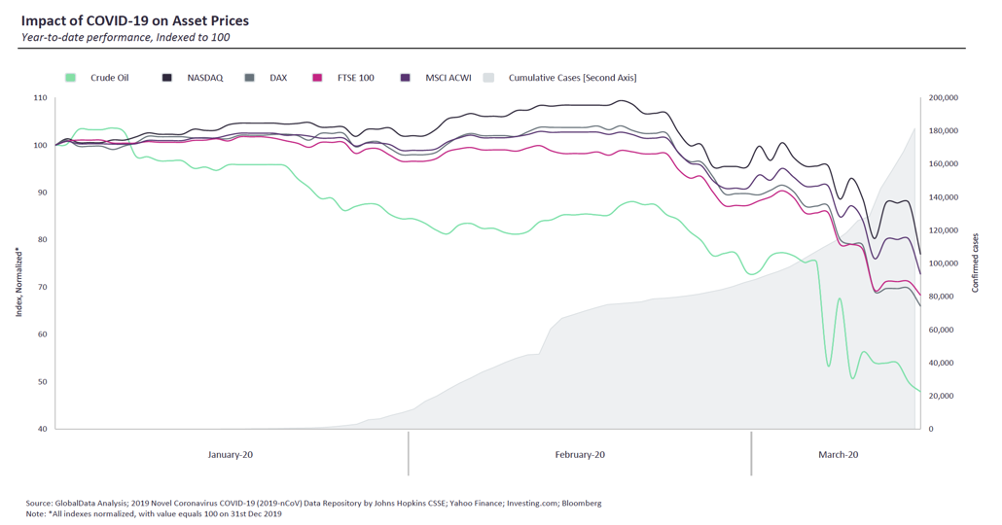
Gotya Gøtzsche!
Finally, we leave you (not for the first time) with some words from Professor Peter C. Gøtzsche, the Danish physician and medical researcher that was wrongly expelled from Cochrane, the evidence-based medicine organisation he co-founded. Among his 'sins' was evidencing that prescription medicines were the third leading killer in society and that organised crime exists within the pharmaceutical industry.
He continues to argue that mass panic is unjustified.
In his blog, Gøtzsche says:
"No such draconian measures were applied during the 2009 influenza pandemic. Consider also, that it is always winter somewhere, and we cannot close down the whole world permanently. So why now? Well, obviously, no one will ever get in trouble for measures that are too draconian. The epidemic will likely die out not so far from now, and then there will be a queue of people wanting to take credit for it."




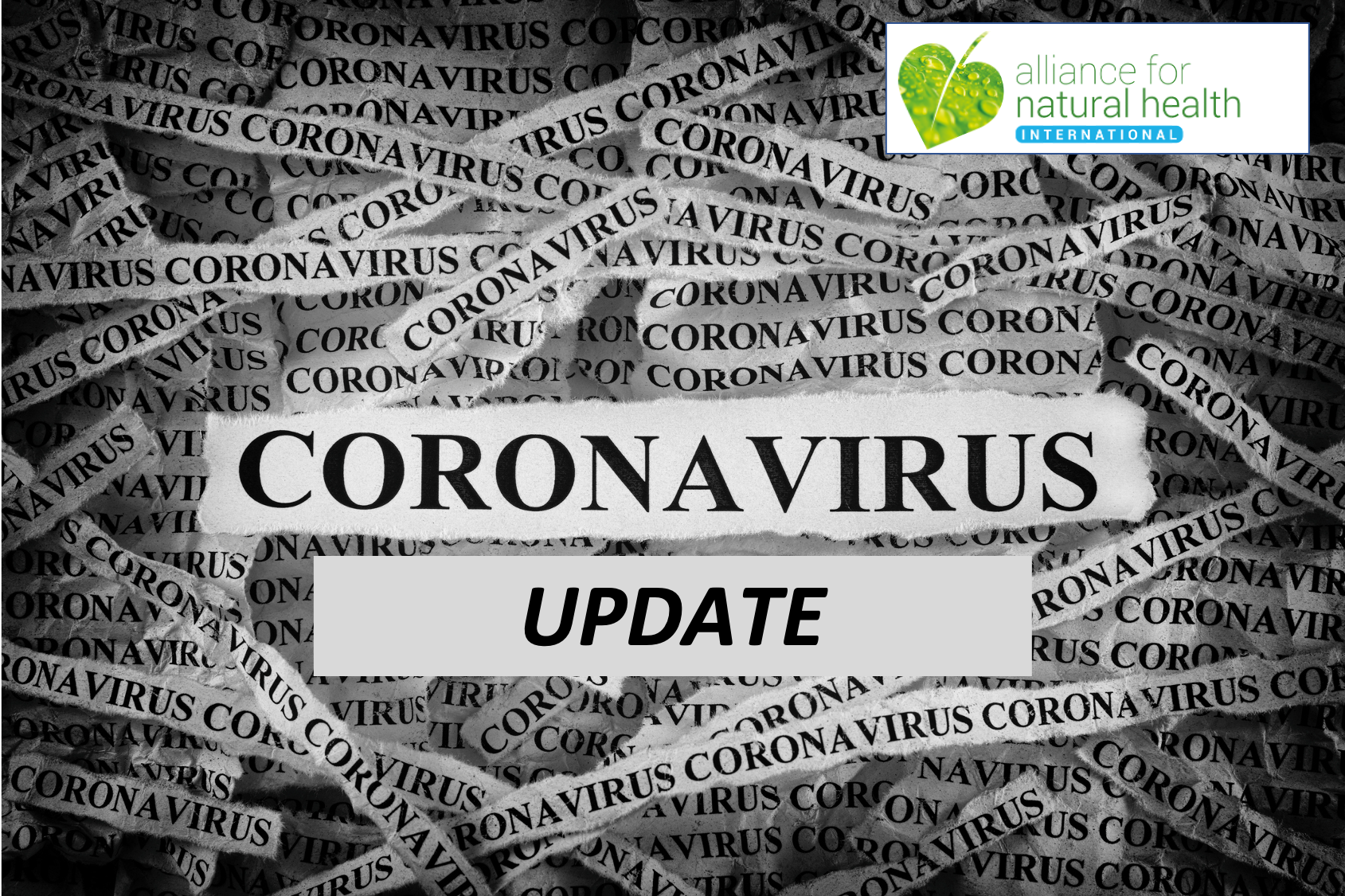
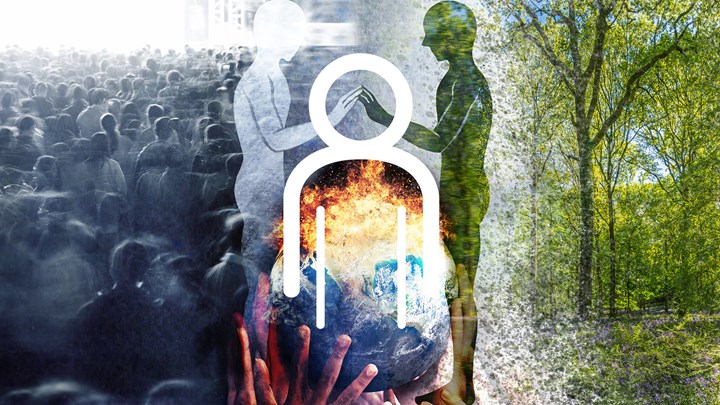
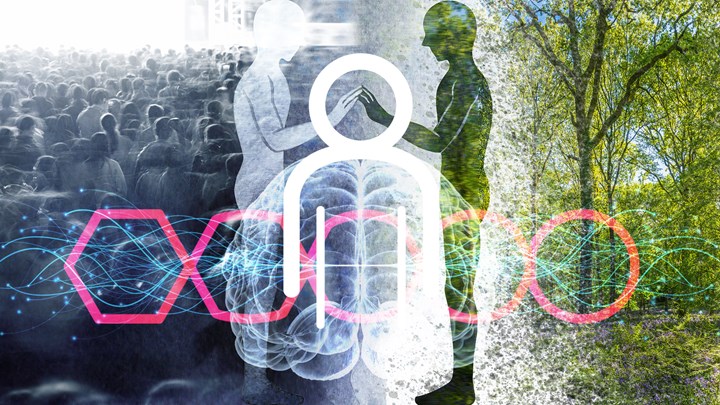
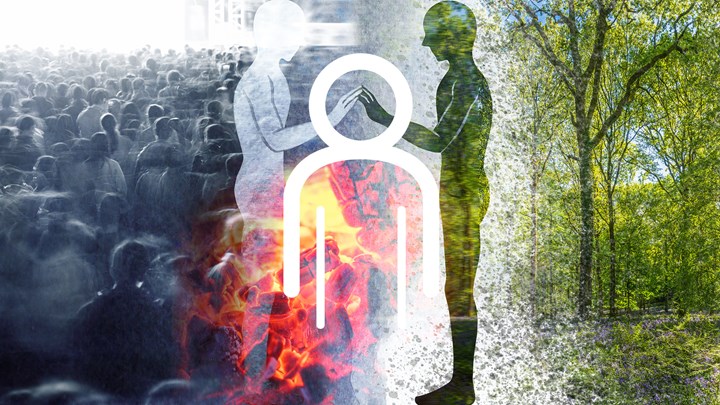
Comments
your voice counts
27 March 2020 at 10:33 am
News update:
Official Gov Status of Covid19 has been downgraded.
https://www.gov.uk/guidance/high-consequence-infectious-diseases-hcid#status-of-covid-19
I copy and paste a section:
As of 19 March 2020, COVID-19 is no longer considered to be a high consequence infectious diseases (HCID) in the UK.
The 4 nations public health HCID group made an interim recommendation in January 2020 to classify COVID-19 as an HCID. This was based on consideration of the UK HCID criteria about the virus and the disease with information available during the early stages of the outbreak. Now that more is known about COVID-19, the public health bodies in the UK have reviewed the most up to date information about COVID-19 against the UK HCID criteria. They have determined that several features have now changed; in particular, more information is available about mortality rates (low overall), and there is now greater clinical awareness and a specific and sensitive laboratory test, the availability of which continues to increase.
The Advisory Committee on Dangerous Pathogens (ACDP) is also of the opinion that COVID-19 should no longer be classified as an HCID.
The need to have a national, coordinated response remains, but this is being met by the government’s COVID-19 response.
Cases of COVID-19 are no longer managed by HCID treatment centres only. All healthcare workers managing possible and confirmed cases should follow the updated national infection and prevention (IPC) guidance for COVID-19, which supersedes all previous IPC guidance for COVID-19. This guidance includes instructions about different personal protective equipment (PPE) ensembles that are appropriate for different clinical scenarios.
Definition of HCID
In the UK, a high consequence infectious disease (HCID) is defined according to the following criteria:
• acute infectious disease
• typically has a high case-fatality rate
• may not have effective prophylaxis or treatment
• often difficult to recognise and detect rapidly
• ability to spread in the community and within healthcare settings
• requires an enhanced individual, population and system response to ensure it is managed effectively, efficiently and safely
The art of propaganda is also the drafting of legal immunity via plausible deniability.
Retractions and corrections are buried - not front paged across the Media as if it were all locked into step by a policy of 'publish or be damned'.
The inducing of great panic has been the pretext for a global coup.
That the ability to run this met no obstacle indicates a shift from an already covert influence to overt controls set in regulatory structure.
Preoccupation with the pretext for panic is enabling belief that this is a temporary emergency and that the situation will return to normal in due course. We are openly told it will not, and to expect a new normal. The legal measures and social fear-giving support under belief of protection, will enable sweeping and draconian changes, the groundbaiting preparation for some of which are already easily discernible. Biotech is to replace Nature - and increasing set it out of bounds.
Natural health is now an oxymoron and may draw social shaming to be seen to promote or associate with. Risk management shall operate under centrally controlled replacement in all fields for the more efficient delivery of services to the required and regulatory standards of care.
However it presents itself, it is all about fear and control as the overriding and replacement for the uncovering and expression of love in action, for consciousness as the quality from which we embody shared value as patterns of workable consensual agreement despite and sometimes because of the blocks and obstructions to aligning in truth or wholeness resulting from 'fear and control' - which is as active within our mind - as it is without - but largely invisibly structuring or framing or thought, perception and response in such a way as involved no conscious responsibility.
And perhaps that is the seeming protection and attraction of sleepwalking under a symbol of powerful protection against fear of waking up to our own life - and death.
While all sorts of links and perspectives can be raised in the context of what happened, and is being implemented in reaction or in lockstep to lockdown by centralised top down planning, the fact is that psychological warfare operates an actual physical set of harms, but where the harms are interpreted within a very aggressively and assertively propagating narrative set of beliefs.
For very many, any attempt to give true witness will strike a discordant note or seem simply unintelligible, when the need to NOT understand is seen as essential for survival.
I am nearly done reading Fear of the Invisible by Janine Roberts - and I comment it to you as warm, human and accessible - but not sentimental or virtue signalling - peek behind the curtains.
Releasing allegiance and investment in fear and control, frees awareness to open Perspective from which pathways open that are otherwise closed, and not against us by fearful well intentioned - or not - others, but by our own mind-framing. No matter what anyone says or does, we each live the consequence of our own choices and results. We grow consciousness - or lose it - by aligning in love of life or losing this to the dictate of fear.
I understand if you do not feel able to publish this. Negotiating choice amidst fear calls for a clear presence of listening in the heart. Merely pushing against or past it is unwise and self-sabotaging.
Unless we give our voice, we have none.
29 March 2020 at 7:26 pm
Thankyou! Quite frankly the brevity of this movement against this proposed virus is insane, and I am loosing my mind in it all, saved by my mediations and walking daily.
There isn’t even proper testing, we know that testing is never 100% full proof anyway, but there isn’t even any testing on many of the ‘ confirmed’ Covid -19 cases....
Freedom loss is potently toxic, and the colossal amount of businesses who will perish is huge, I would suggest unmanageable from an economic perspective , so what will be the outcome. Who is paying? Who on earth would shut down a country with a proposed virus, that causes mild symptoms in most people, and doesn’t really affect the working age population or children, but shut the schools, universities and colleges, disable the hospitality and aero business ....disable travel businesses....and small businesses that as a whole propel the economy, like hairdressers, beauty therapists, health therapists, masseuses, builders, plumbers, labourers, cleaners, holiday places, holiday companies, insurance companies, clothes shops and on and on.....
Who will pay for the NHS Covid assault? In years to come his will the younger generations pay for Covid - 19 when they are way behind on education.
Why have antiviral herbs been ignored? Why has high dose vitamin C not been augmented into action? Chloroquine/artemisia useful...
Why have leading Virologists, Pulmonary specialists and Generic and Epidemiologists all with experience in Covid pathogens not been included for peer review prior to release of recommendations?
Unless it is desired that the economy collapse, we run out of food resource, I cannot see where the logical appraisal has been in play
30 March 2020 at 1:24 pm
There seems to be an error here: "Given the possibility that a much higher proportion of the population have been asymptomatic and have acquired immunity, the widely reported fatality rates may be much higher than the real percentage."
Surely it should say, "..the widely reported fatality rates may be much LOWER than the real percentage"????
30 March 2020 at 4:13 pm
Thanks for your comment Vannnie. The sentence you've highlighted is correct. The mortality rates that are being reported currently are likely much higher than the real percentage of deaths given we don't know how many people have actually been infected and were/are asymptomatic. In other words the real percentage of deaths ultimately may be lower than the high rates that are being reported currently.
I hope that clarifies things.
Warm wishes
Melissa
30 March 2020 at 9:06 pm
Would it not be of interest to the General Public if we had equivalent stats for seasonal 'flu' and viral pneumonia? Public Health England estimate an AVERAGE rate of 17,000 fatalities each year in England alone, yet these worrying figures are treated by the media and others as quite normal! Am I missing something here?
Your voice counts
We welcome your comments and are very interested in your point of view, but we ask that you keep them relevant to the article, that they be civil and without commercial links. All comments are moderated prior to being published. We reserve the right to edit or not publish comments that we consider abusive or offensive.
There is extra content here from a third party provider. You will be unable to see this content unless you agree to allow Content Cookies. Cookie Preferences